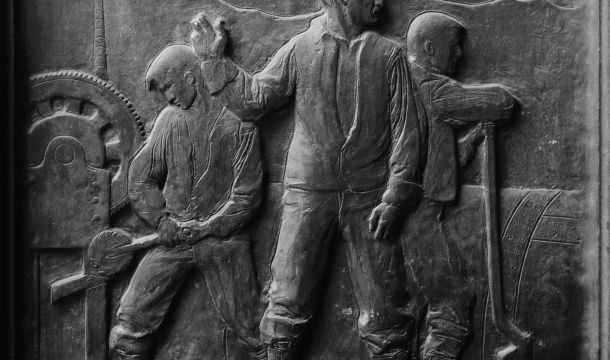US Department of Labor Withdraws Independent Contractor Rule That Never Went Into Effect
Today, to absolutely no one’s surprise, U.S. the Department of Labor formally withdrew the Independent Contractor Rule that had been implemented by the previous administration. The withdrawal is effective on May 6, 2021. After a long, strange trip, the Rule never went into effect. It should be noted, however, that some employer groups have filed a lawsuit seeking to undo the withdrawal of the Rule.
Why does this matter? Because the requirements of the Fair Labor Standard Act (FLSA), such as the payment of a minimum wage and overtime, apply to “employees” and not to “independent contractors.” The misclassification of a worker as an “independent contractor” rather than an “employee” could be a very expensive mistake for an employer, which could be liable for unpaid minimum wages and/or overtime (and double the amount if the violation is deemed “willful”) and attorneys’ fees.
Legal Background
The Fair Labor Standards Act (“FLSA” or “Act”) requires all covered employers to pay non-exempt employees at least the federal minimum wage for every hour worked in a non-overtime workweek. In an overtime workweek, for all hours worked in excess of 40 in a workweek, covered employers must pay a non-exempt employee at least one and one-half times the employee’s regular rate. The FLSA also requires covered employers to make, keep, and preserve certain records regarding employees.
The FLSA’s minimum wage and overtime pay requirements apply only to employees. Section 3(e) generally defines “employee” to mean “any individual employed by an employer.” Section 3(d) of the Act defines “employer” to “include[] any person acting directly or indirectly in the interest of an employer in relation to an employee.” Section 3(g) defines “employ” to “include[] to suffer or permit to work.”
The Economic Realities Test
For decades, The DOL, consistent with case law, has applied a multifactor balancing test to assess whether the worker, as a matter of economic reality, is economically dependent on the employer or is in business for him or herself. The DOL and the U.S. Courts of Appeals generally consider and balance the following economic realities factors: the nature and degree of the employer’s control over the work; the permanency of the worker’s relationship with the employer; the degree of skill, initiative, and judgment required for the work; the worker’s investment in equipment or materials necessary for the work; the worker’s opportunity for profit or loss; whether the service rendered by the worker is an integral part of the employer’s business; and the degree of independent business organization and operation.
In withdrawing the rule, the DOL stated that it would have set forth a new articulation of the economic realities test, elevating two factors (control and opportunity for profit or loss) as “core” factors above the other factors, and designating them as having greater probative value, likely resulting in the classification of a greater number of workers as independent contractors.
This is a big issue for companies that utilize gig workers, who are overwhelmingly classified as independent contractors. The current Secretary of Labor, however, has taken the position that the majority of gig workers should be classified as employees. We’ll have to see how aggressively the DOL intends to pursue this issue.
Pro Tip: The classification of a worker as an independent contractor takes more than simply issuing a 1099. A company needs to carefully apply the economic reality factors to the actual duties and responsibilities of the worker to make that determination. It is best to rely upon the advice of qualified counsel.

Kathleen J. Jennings is a former principal in the Atlanta office of Wimberly, Lawson, Steckel, Schneider, & Stine, P.C. She defends employers in employment matters, such as sexual harassment, discrimination, Wage and Hour, OSHA, restrictive covenants, and other employment litigation and provides training and counseling to employers in employment matters.
Related Content
Get Email Updates
Recent Content

NLRB to Seek Rescission of past Discipline Imposed under Overbroad Employer Work Rules

Do Drive Cam Cameras inside Trucks Violate Employee Rights?

Amazon Considers Risk When Investigating Employee Misconduct

Latest NLRB Attack Goes beyond Non-Compete Agreements to Reach Outside Employment

NLRB Board Addresses BLM Insignia at Work




